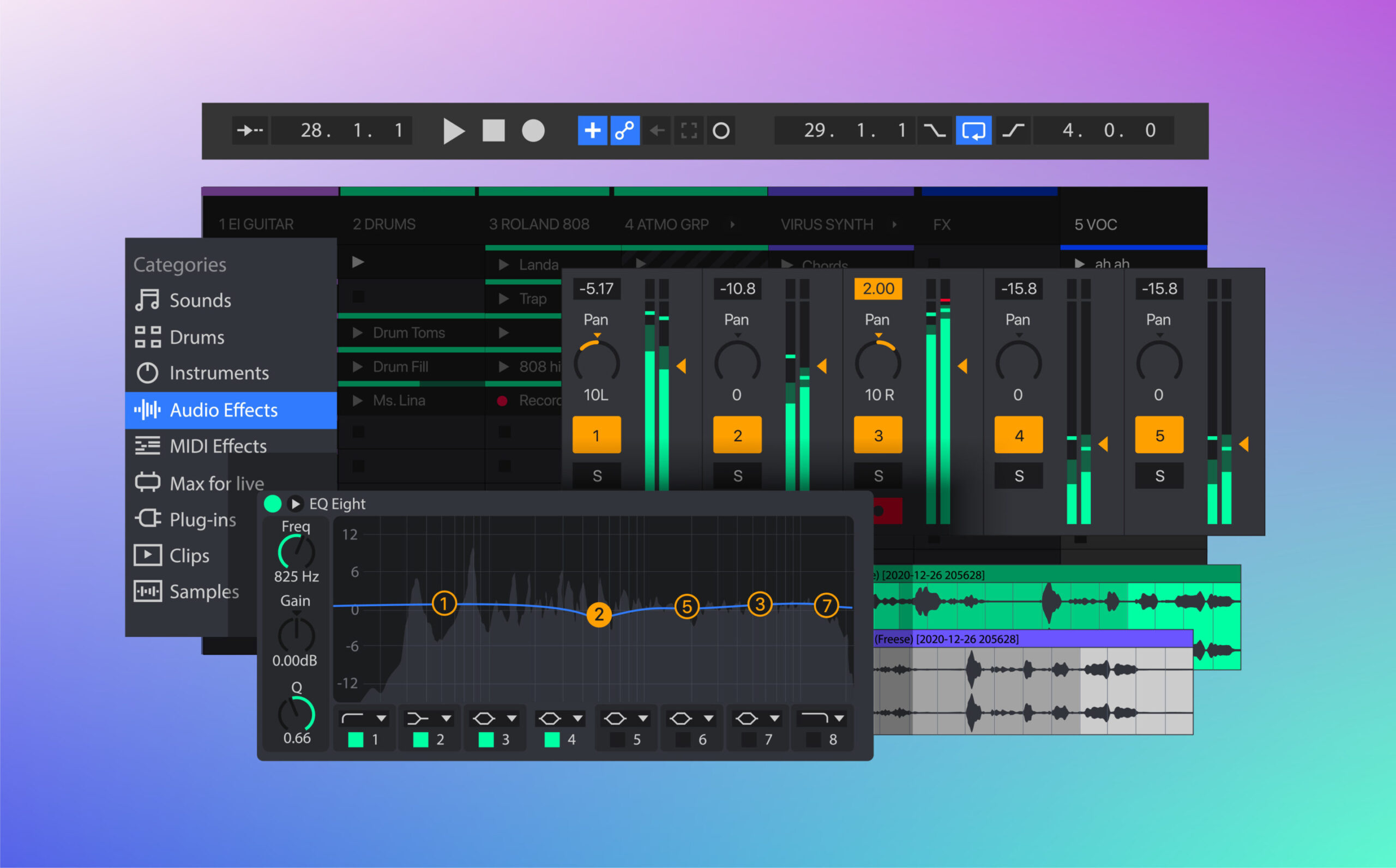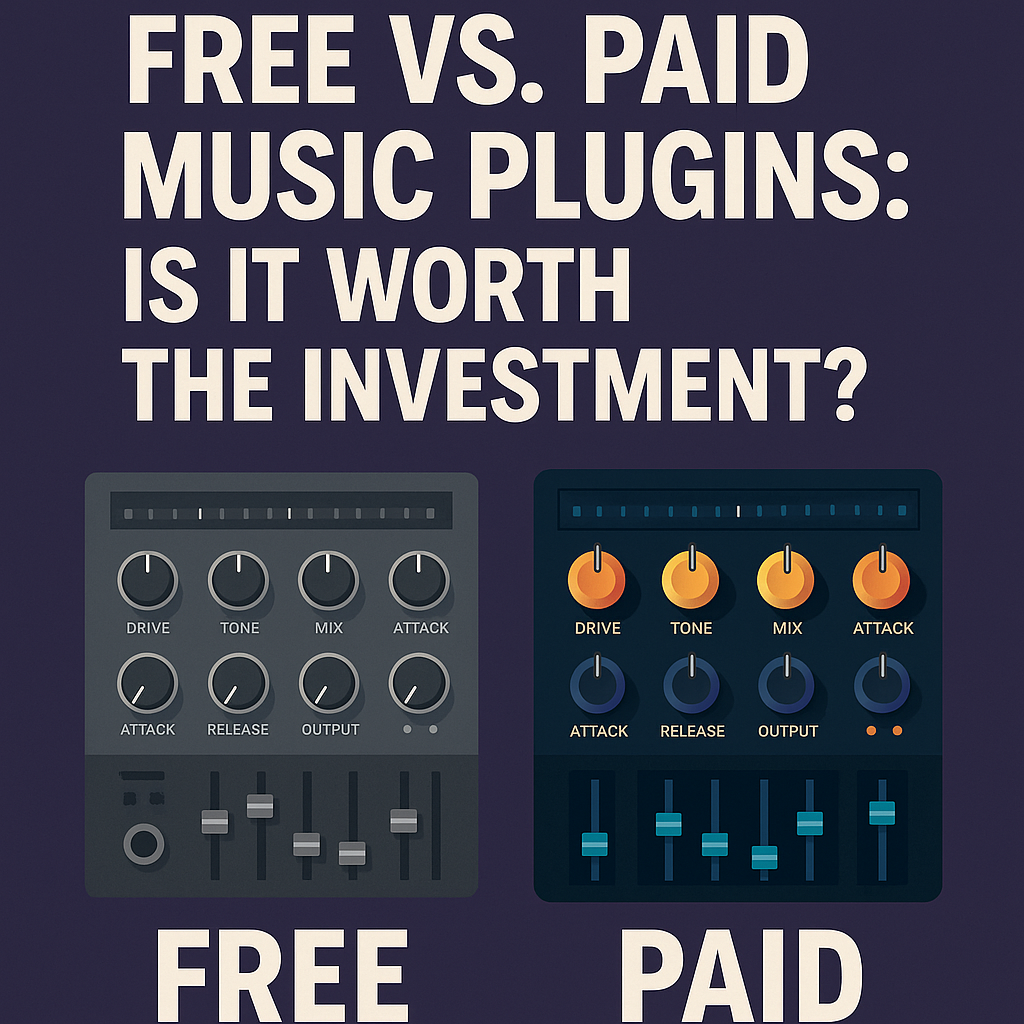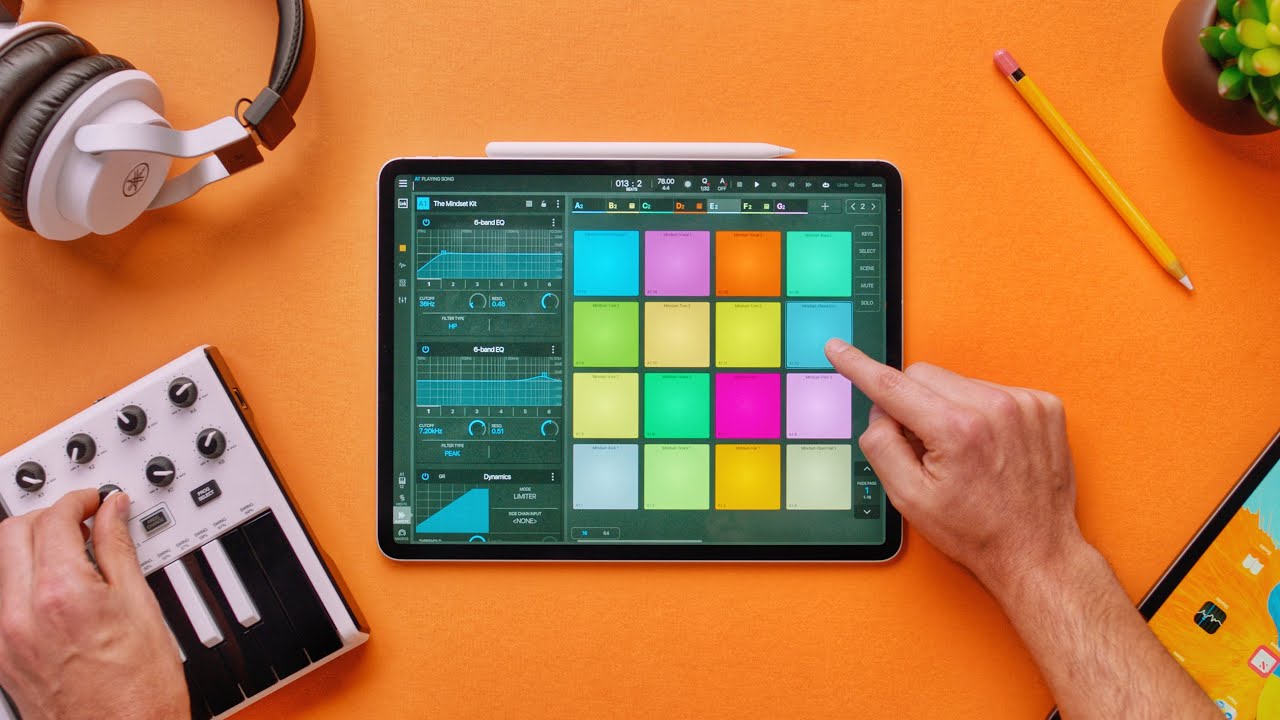Mastering is often seen as the final, mysterious step in music production—a process that can make or break your track. But in 2025, with the right plugins, even home producers can achieve radio-ready polish within any DAW. This in-depth guide explores the best mastering plugins available today, demystifies the process, and provides actionable tips to help you master your music with confidence.
What Is Mastering and Why Does It Matter?
Mastering is the process of preparing and optimizing your final stereo mix for distribution. It ensures your track sounds balanced, clear, and impactful on all playback systems—from earbuds to club speakers.
Key Goals of Mastering:
- Achieve consistent loudness and tonal balance
- Enhance clarity, depth, and stereo width
- Prepare tracks for streaming, vinyl, or CD
- Fix minor mix issues without altering the artistic intent
Mastering is both an art and a science. While the tools are more accessible than ever, a deep understanding of your plugins and workflow is essential for professional results.
Essential Plugin Types for Mastering
Before diving into the best plugins, it’s important to understand the core types of processing used in mastering:
| Plugin Type | Purpose | Typical Controls |
|---|---|---|
| EQ | Balance frequencies, fix tonal issues | Bands, Q, frequency, gain |
| Compressor | Control dynamics, add punch or glue | Threshold, ratio, attack, release |
| Limiter | Prevent clipping, maximize loudness | Ceiling, threshold, release |
| Saturator/Exciter | Add warmth, harmonics, enhance presence | Drive, mix, tone |
| Stereo Imager | Widen or narrow the stereo field | Width, pan, mono compatibility |
| Metering | Visual feedback for loudness, dynamics, stereo field | LUFS, RMS, True Peak, vectorscope |
Modern all-in-one mastering suites often combine these tools into a single interface, streamlining workflow and ensuring compatibility with any DAW.
Best All-in-One Mastering Plugins for Any DAW
All-in-one mastering plugins bundle multiple processors—EQ, compression, limiting, and more—into a single, easy-to-use interface. These are ideal for producers who want professional results without a complex plugin chain.
Top Picks for 2025 :
1. iZotope Ozone 11 Advanced
- Platform: VST, AU, AAX (works in all major DAWs)
- Features: AI-powered Mastering Assistant, vintage modules, spectral shaping, dynamic EQ, maximizer, exciter, stereo imaging, and comprehensive metering.
- Why It’s Great: Ozone remains the industry standard for home and professional studios, offering unmatched flexibility and intelligent processing.
2. FabFilter Pro-L 2
- Platform: VST, AU, AAX
- Features: Transparent limiting, advanced metering, True Peak limiting, surround support.
- Why It’s Great: Known for its clean sound and intuitive interface, Pro-L 2 is a favorite for final loudness and protection against clipping.
3. Waves Abbey Road TG Mastering Chain
- Platform: VST, AU, AAX
- Features: Emulates the legendary Abbey Road mastering console, modular workflow, vintage character.
- Why It’s Great: Perfect for those seeking analog warmth and classic British sound in a digital workflow.
4. Slate Digital FG-X 2
- Platform: VST, AU, AAX
- Features: Transparent compression, advanced limiting, dynamic perception.
- Why It’s Great: Designed for loudness without sacrificing punch or clarity.
5. IK Multimedia T-RackS 5
- Platform: VST, AU, AAX
- Features: Modular mastering suite, analog modelled processors, metering, presets.
- Why It’s Great: Offers a huge variety of processors and flexible routing.
6. Eventide Elevate Mastering Bundle
- Platform: VST, AU, AAX
- Features: Adaptive limiter, spectral clipper, transient emphasis, EQ.
- Why It’s Great: Uses AI-driven multi-band processing for detailed control.
7. Softube Weiss Mastering Suite
- Platform: VST, AU, AAX
- Features: Digital precision, transparent limiting, de-essing, EQ.
- Why It’s Great: Based on the legendary Weiss hardware, prized for clarity and transparency.
8. Mastering The Mix – MIXROOM & LIMITER
- Platform: VST, AU, AAX
- Features: AI-guided EQ and limiting, genre-specific presets.
- Why It’s Great: User-friendly, modern, and effective for quick results.
“Ozone 11’s Mastering Assistant makes it easy to get a pro sound, even if you’re new to mastering.”
—Producer Review
Top Individual Mastering Plugins: EQ, Compression, Limiting, and More
While all-in-one suites are convenient, many engineers prefer using individual plugins for greater control and customization.
Best Mastering EQ Plugins
- FabFilter Pro-Q 3: Surgical precision, dynamic EQ bands, mid/side processing.
- DMG Audio Equilibrium: Ultra-flexible, analog and digital curves.
- UAD Manley Massive Passive: Emulates classic tube EQ for warmth and depth.
Best Mastering Compressors
- Shadow Hills Mastering Compressor: Dual-stage compression, punchy and musical.
- SSL G-Master Buss Compressor: Famous for “gluing” mixes together.
- API 2500: Punchy, forward sound.
Best Mastering Limiters
- FabFilter Pro-L 2: Transparent, versatile, industry favorite.
- DMG Audio Limitless: Multi-band limiting, detailed control.
- Waves L2 Ultramaximizer: Classic, easy-to-use, still widely used.
Best Saturation & Exciter Plugins
- Sonnox Oxford Inflator: Adds loudness and presence without harshness.
- Soundtoys Decapitator: Analog-style saturation, five modes.
- iZotope Exciter (part of Ozone): Multi-band, versatile.
Best Stereo Imaging Plugins
- iZotope Ozone Imager: Free, simple, effective.
- Brainworx bx_stereomaker: Mono-to-stereo magic.
- Waves S1 Stereo Imager: Classic, easy to use.
Best Metering Plugins
- Youlean Loudness Meter: Free, comprehensive loudness metering.
- iZotope Insight 2: Complete metering suite, including loudness, stereo, phase.
- NUGEN Audio Visualizer: Professional analysis tools.
Workflow Tips: Mastering in Different DAWs
Every DAW supports VST, AU, or AAX plugins, so you can use these mastering tools in any environment. Here’s how mastering workflows differ in popular DAWs:
| DAW | Mastering Workflow Highlights | Built-in Tools |
|---|---|---|
| Ableton Live | Session and arrangement views, flexible routing, supports VST/AU. | EQ Eight, Glue Compressor |
| FL Studio | Channel rack and mixer, supports VST, flexible routing. | Maximus, Fruity Limiter |
| Logic Pro | Integrated mastering chain, supports AU, intuitive interface. | Adaptive Limiter, Match EQ |
| Cubase | Strong MIDI and audio editing, supports VST, detailed metering. | Frequency EQ, Maximizer |
| Reaper | Highly customizable, supports VST/AU, efficient for batch mastering. | ReaEQ, ReaComp |
| Bitwig Studio | Modular environment, supports VST, advanced modulation. | EQ+, Dynamics, Limiter |
Most DAWs include basic mastering tools, but third-party plugins offer higher quality and flexibility.
Free vs. Paid Mastering Plugins: What’s Worth It?
Free Plugins:
- Great for beginners or those on a budget.
- Examples: TDR Nova (dynamic EQ), Youlean Loudness Meter, iZotope Ozone Imager.
Paid Plugins:
- Offer advanced features, better sound quality, and professional support.
- Worth investing in for serious projects or commercial releases.
Pro Tip:
Start with free plugins to learn the basics, then invest in paid options as your skills and needs grow.
Expert Tips for Polishing Your Tracks
- Reference Tracks: Always compare your master to commercial releases in your genre.
- Gain Staging: Keep levels consistent throughout your chain to avoid distortion.
- Less Is More: Avoid over-processing; subtle moves add up.
- Monitor at Low Volumes: Helps reveal balance issues.
- Check Mono Compatibility: Ensure your master sounds good in mono.
- Use Metering: Rely on LUFS, True Peak, and stereo meters for objective feedback.
Frequently Asked Questions
Q: Can I master a track entirely “in the box” with plugins?
A: Yes. Modern plugins rival or surpass analog hardware for most home and project studios.
Q: Should I use an all-in-one suite or individual plugins?
A: Both approaches work. Suites are faster and more beginner-friendly; individual plugins offer more control.
Q: What LUFS level should I aim for?
A: For streaming, -14 LUFS is standard, but genres vary. Always check platform guidelines.
Q: Do I need expensive plugins to get a professional sound?
A: No. Skill and critical listening matter more than price. Some free plugins are excellent.



